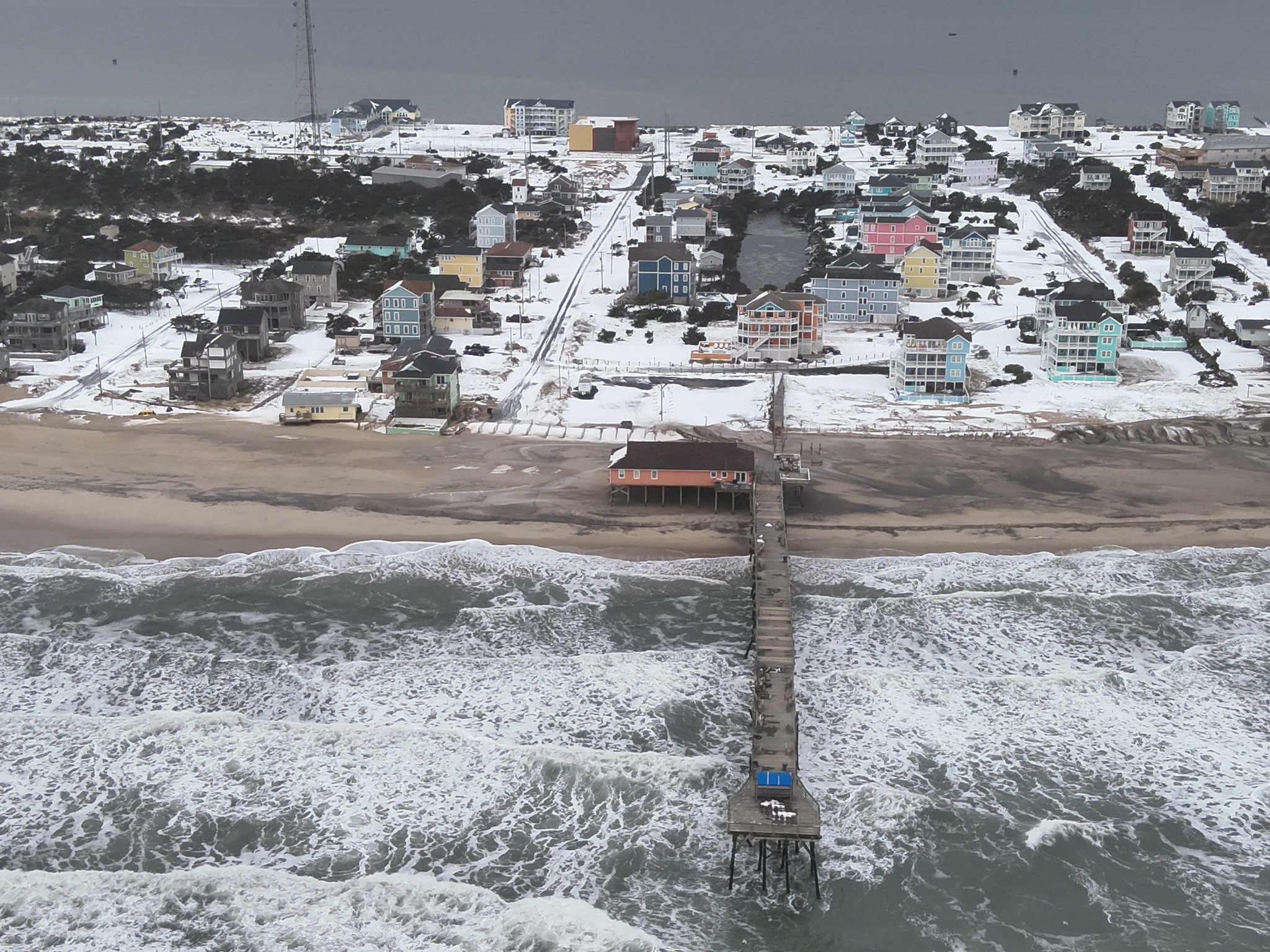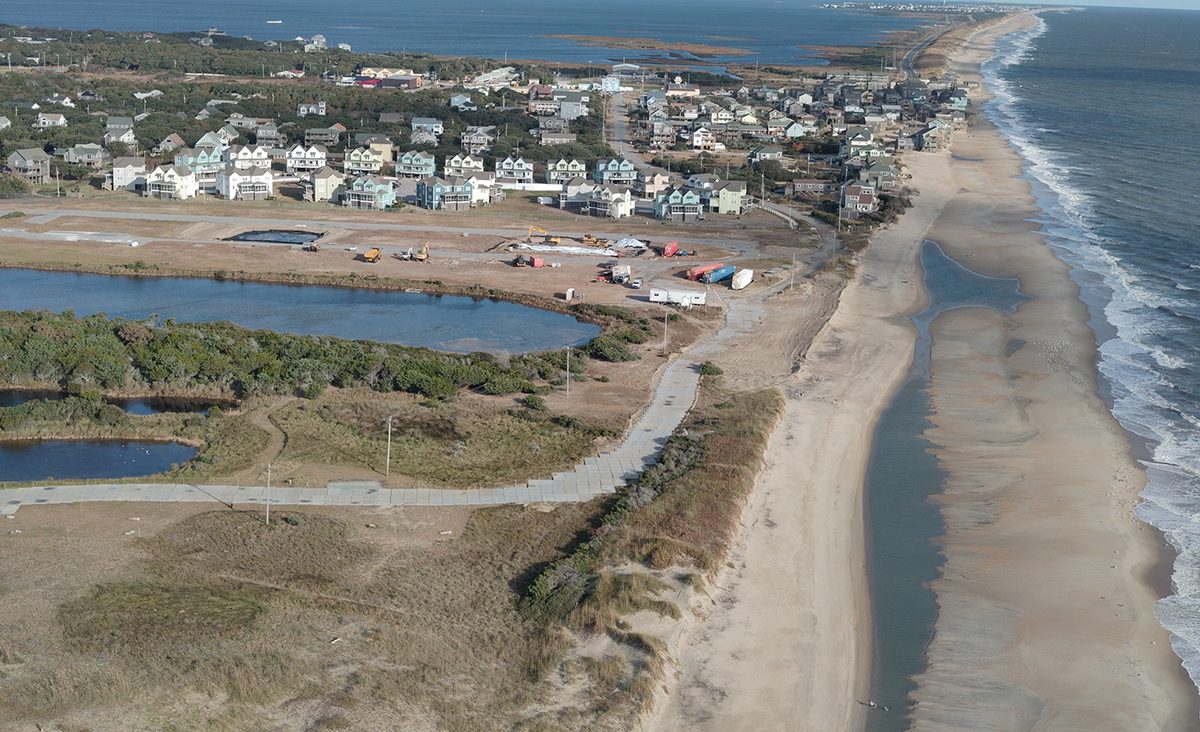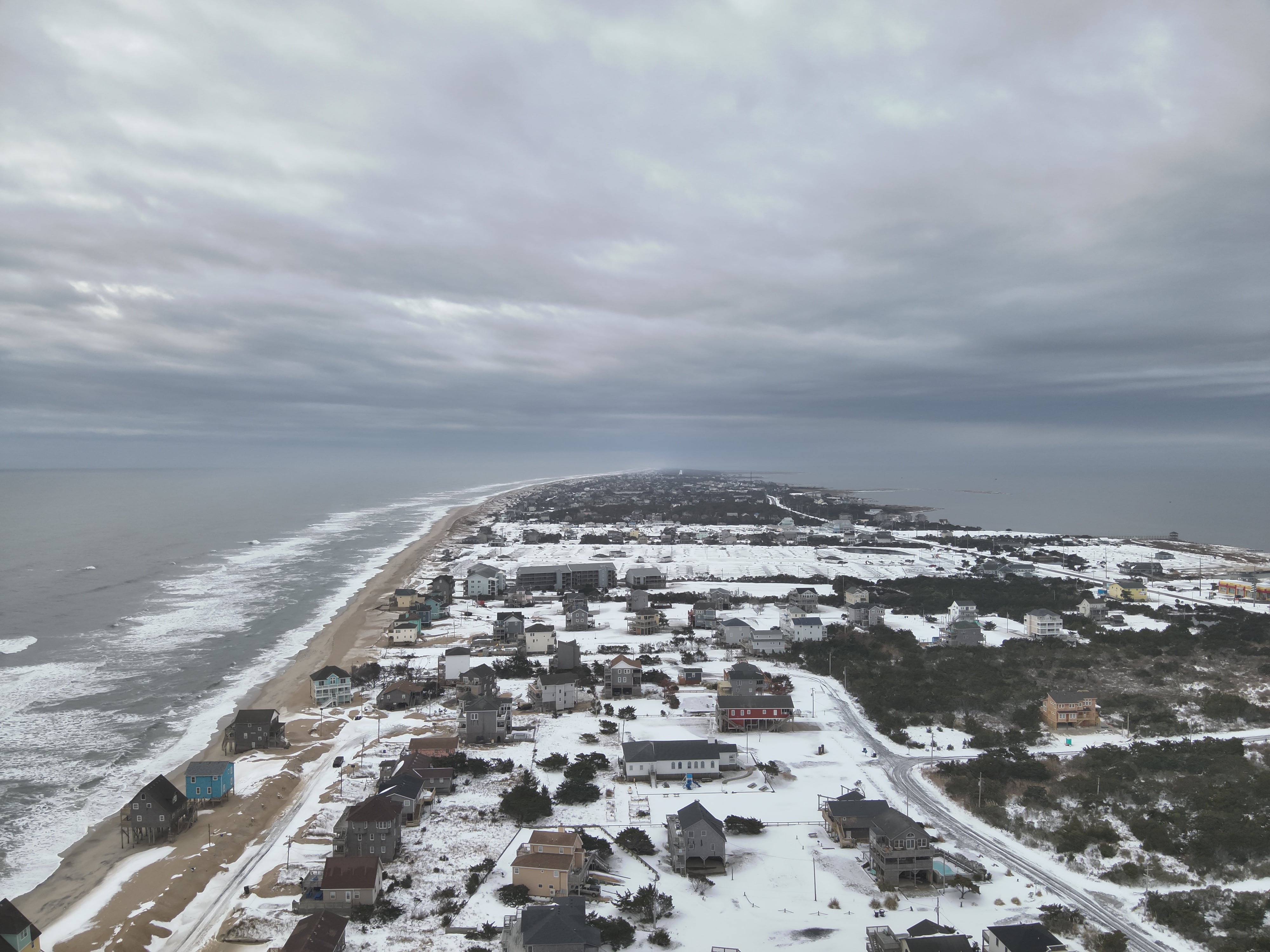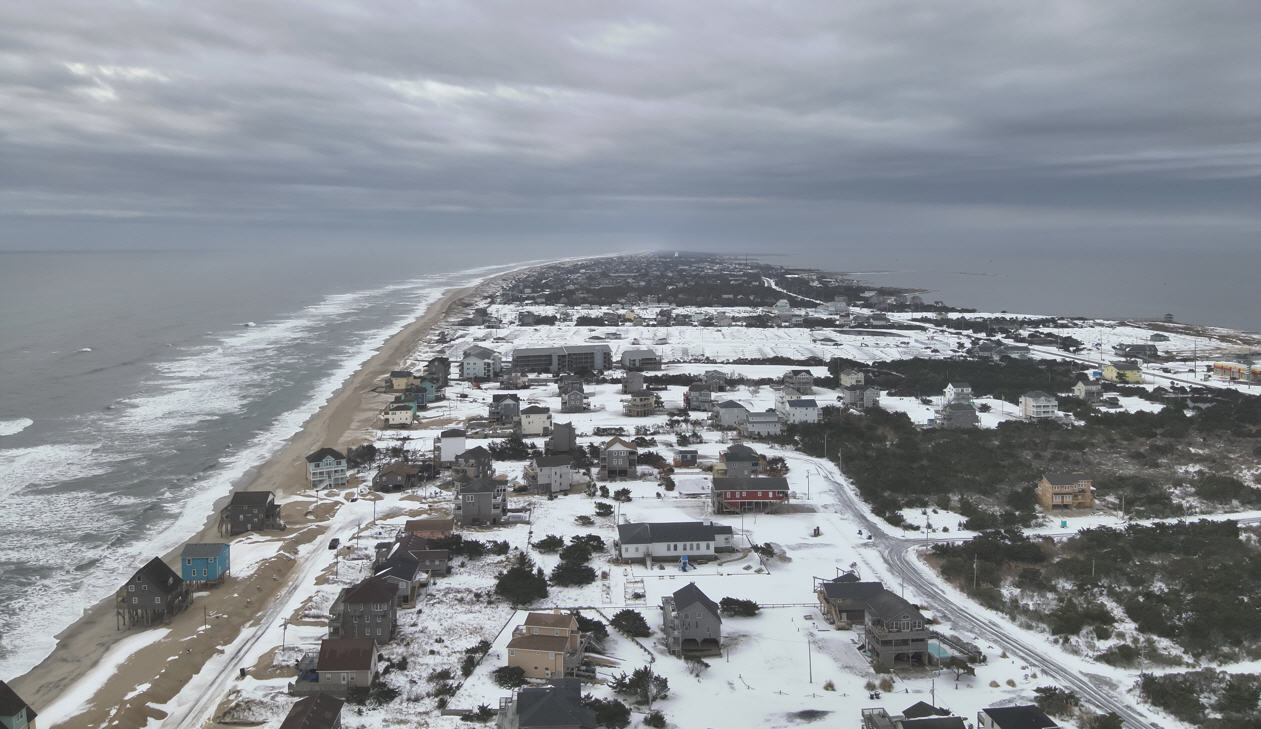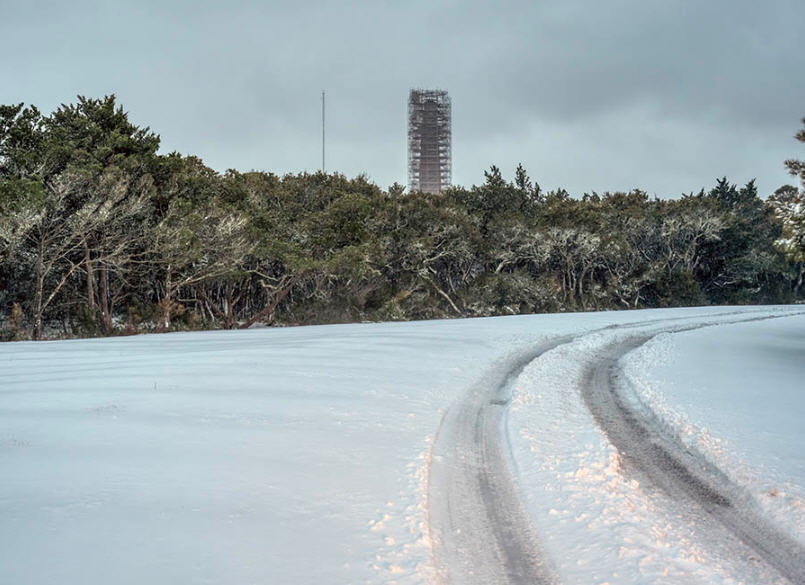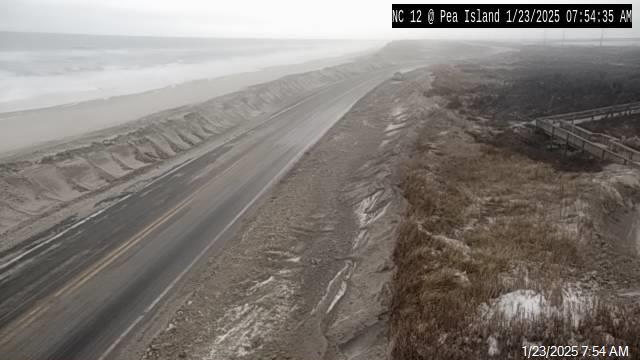Cape Hatteras Lighthouse is open for climbing for 2012 season
The Cape Hatteras Lighthouse, located in Buxton on Hatteras Island, opened for climbing for the 2012 season on Friday, April 20, and will remain open through Columbus Day on Oct. 8.
Climbing hours are 9 a.m. until 4:30 p.m. daily in the spring and fall, and 9 a.m. to 5:30 p.m. May 25 through Labor Day.
Climbing tickets are $7 for adults and $3.50 for senior citizens 62 or older, children12 and under and at least 42 inches tall, and those holding a National Parks and Federal Recreation Lands Access Pass.
Tickets are available on a first come/first served basis and can be purchased only in-person at the site the day of the climb. There are no advance ticket sales for climbing tours.
Visitors should know that the climb is strenuous. The 248 iron spiral stairs to the top are equivalent to climbing a 12-story building. The stairs have a handrail only on one side and a landing every 31 steps. There is no air conditioning. It may be noisy, humid, hot, and dim inside the lighthouse, and there is two-way traffic on the narrow stairs.
Visitors with heart, respiratory, or other medical conditions or who have trouble climbing stairs should use their own discretion as to whether to climb the lighthouse.
The lighthouse may close at any time if weather conditions are unsafe.
The following safety rules apply:
The Visitor Center at the lighthouse is open every day in the summer, spring, and fall from 9 a.m. until 5 p.m.
Built in 1870, the Cape Hatteras Lighthouse protects one of the most hazardous sections of the Atlantic Coast. Offshore of Cape Hatteras, the Gulf Stream collides with the Virginia Drift, a branch of the Labrador Current from Canada. This current forces southbound ships onto a dangerous 12-mile long sandbar called Diamond Shoals. Hundreds, and possibly thousands of shipwrecks, in this area have given it the reputation as the “Graveyard of the Atlantic”.
In 1999, after years of study and debate, the Cape Hatteras Light Station was moved to its present location to protect it from the encroaching Atlantic Ocean. The lighthouse was moved 2,900 feet in 23 days and now stands 1,500 feet from the shore — its original distance from the sea.
The National Park Service maintains the lighthouse and the keepers’ quarters. The U.S. Coast Guard operates and maintains the automated light.
For more information, go to www.nps.gov/caha.





